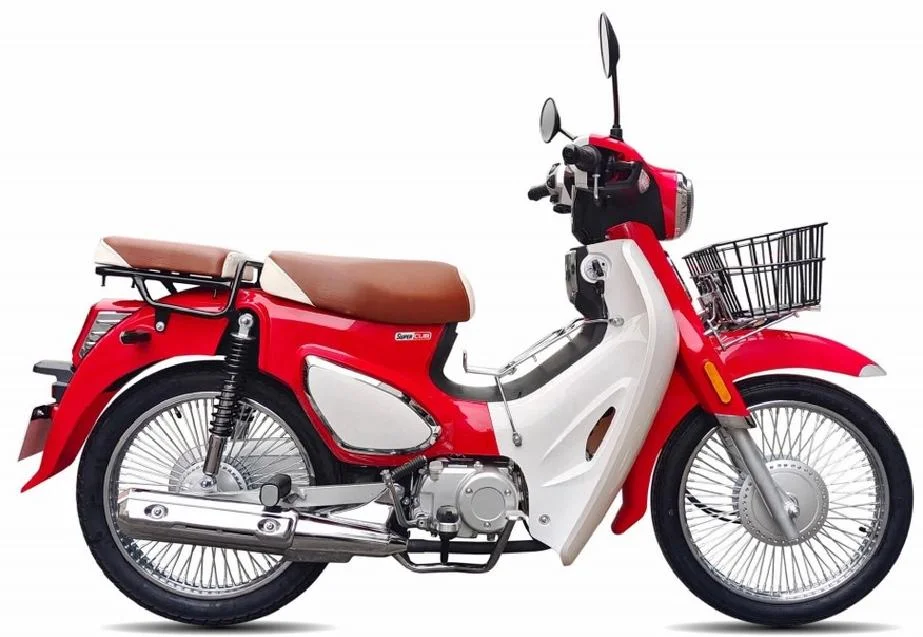Navigating Efficiency: A Comprehensive Analysis of Transport Modes
In an increasingly interconnected world, the efficiency of transport systems plays a pivotal role in shaping economies, influencing environmental sustainability, and enhancing the quality of life. As we delve into the question, Which transport is more efficient? it is essential to consider various dimensions of efficiency, including energy consumption, cost-effectiveness, speed, and environmental impact. This article aims to provide a nuanced understanding of different transport modes, enabling stakeholders to make informed decisions based on their specific needs.
- Defining Efficiency in Transport
Before we can determine which transport mode is more efficient, we must first define what we mean by efficiency. In the context of transportation, efficiency can be categorized into several key areas:
- Energy Efficiency: This refers to the amount of energy consumed per unit of distance traveled or per passenger transported. It is crucial for assessing the sustainability of transport modes.
- Cost Efficiency: This involves analyzing the total costs associated with a transport mode, including infrastructure, maintenance, and operational costs, relative to the services provided.
- Time Efficiency: Speed and reliability are critical factors in determining how quickly goods or passengers can be transported from one point to another.
- Environmental Impact: This encompasses the carbon footprint and other ecological effects of different transport modes, which are increasingly important in the context of climate change.
- Comparing Transport Modes
2.1 Road Transport
Road transport, primarily involving cars, trucks, and buses, is one of the most widely used modes of transportation.
- Energy Efficiency: While individual cars may have lower energy efficiency compared to public transport, the flexibility and convenience they offer often lead to higher overall energy consumption due to traffic congestion and longer travel distances.
- Cost Efficiency: The costs associated with road transport can vary significantly. While personal vehicles incur costs related to fuel, insurance, and maintenance, public buses can offer a more economical solution for mass transit.
- Time Efficiency: Road transport can be time-efficient for short distances, but traffic congestion can severely impact travel times, particularly in urban areas.
- Environmental Impact: Road transport is a significant contributor to greenhouse gas emissions, particularly in regions with high vehicle ownership rates.
2.2 Rail Transport
Rail transport, including trains and subways, is often touted for its efficiency.
- Energy Efficiency: Trains are generally more energy-efficient than road vehicles, especially when transporting large numbers of passengers or freight over long distances. Electric trains, in particular, can utilize renewable energy sources, further enhancing their sustainability.
- Cost Efficiency: While the initial investment in rail infrastructure can be high, operational costs are often lower than road transport, especially for freight.
- Time Efficiency: Trains can offer high-speed travel options, significantly reducing travel times between major cities.
- Environmental Impact: Rail transport typically has a lower carbon footprint compared to road transport, making it a more environmentally friendly option.
2.3 Air Transport
Air transport is essential for long-distance travel and global trade.
- Energy Efficiency: While air travel is often criticized for its high energy consumption per passenger mile, advancements in aircraft technology are improving fuel efficiency.
- Cost Efficiency: Air transport can be expensive, particularly for passengers. However, for freight, it offers speed that can justify the higher costs in time-sensitive situations.
- Time Efficiency: Air travel is the fastest mode of transport for long distances, making it indispensable for international travel and urgent deliveries.
- Environmental Impact: Air transport has a significant carbon footprint, prompting the aviation industry to explore sustainable aviation fuels and carbon offsetting initiatives.
2.4 Maritime Transport
Maritime transport is crucial for global trade, especially for bulk goods.
- Energy Efficiency: Ships are among the most energy-efficient modes of transport for moving large quantities of goods over long distances.
- Cost Efficiency: The cost per ton-mile for maritime transport is generally lower than that of road or air transport, making it the preferred choice for bulk commodities.
- Time Efficiency: While slower than other modes, maritime transport is often the most feasible option for international shipping.
- Environmental Impact: Although maritime transport is more efficient than air transport, it still contributes to marine pollution and greenhouse gas emissions, necessitating regulatory measures.
- Conclusion: The Quest for Efficiency
Determining which transport mode is more efficient is not a straightforward task. Each mode has its strengths and weaknesses, and the most efficient choice often depends on specific circumstances, such as distance, cargo type, and urgency.
For short distances and urban commuting, public road transport may be the most efficient option. For long-distance travel, rail transport often emerges as the winner in terms of energy and environmental efficiency. Air transport, while fast, is less efficient in terms of energy and cost, making it suitable for specific scenarios. Finally, maritime transport excels in bulk shipping but is slower.
In conclusion, stakeholders must weigh these factors carefully, considering not only immediate needs but also long-term sustainability goals. As technology continues to evolve, the efficiency of transport modes will likely improve, paving the way for more sustainable and effective transportation solutions in the future.






